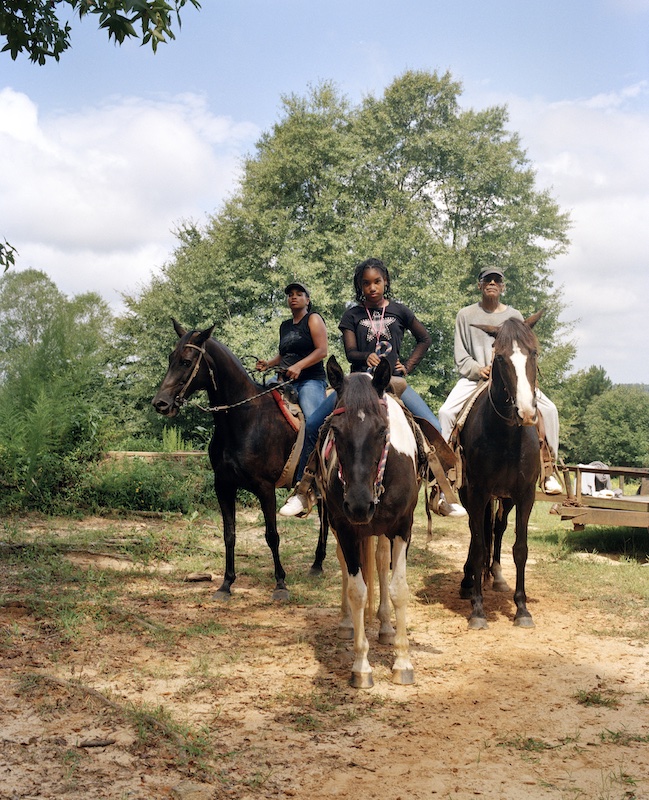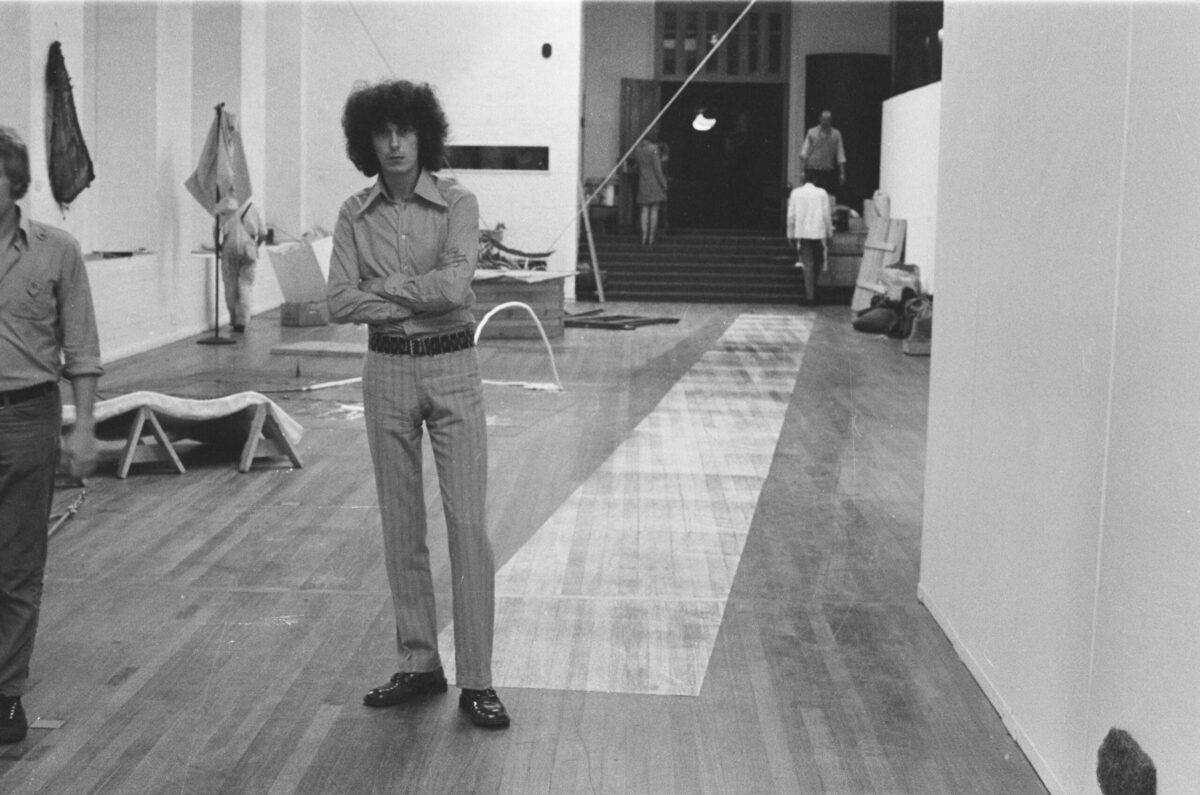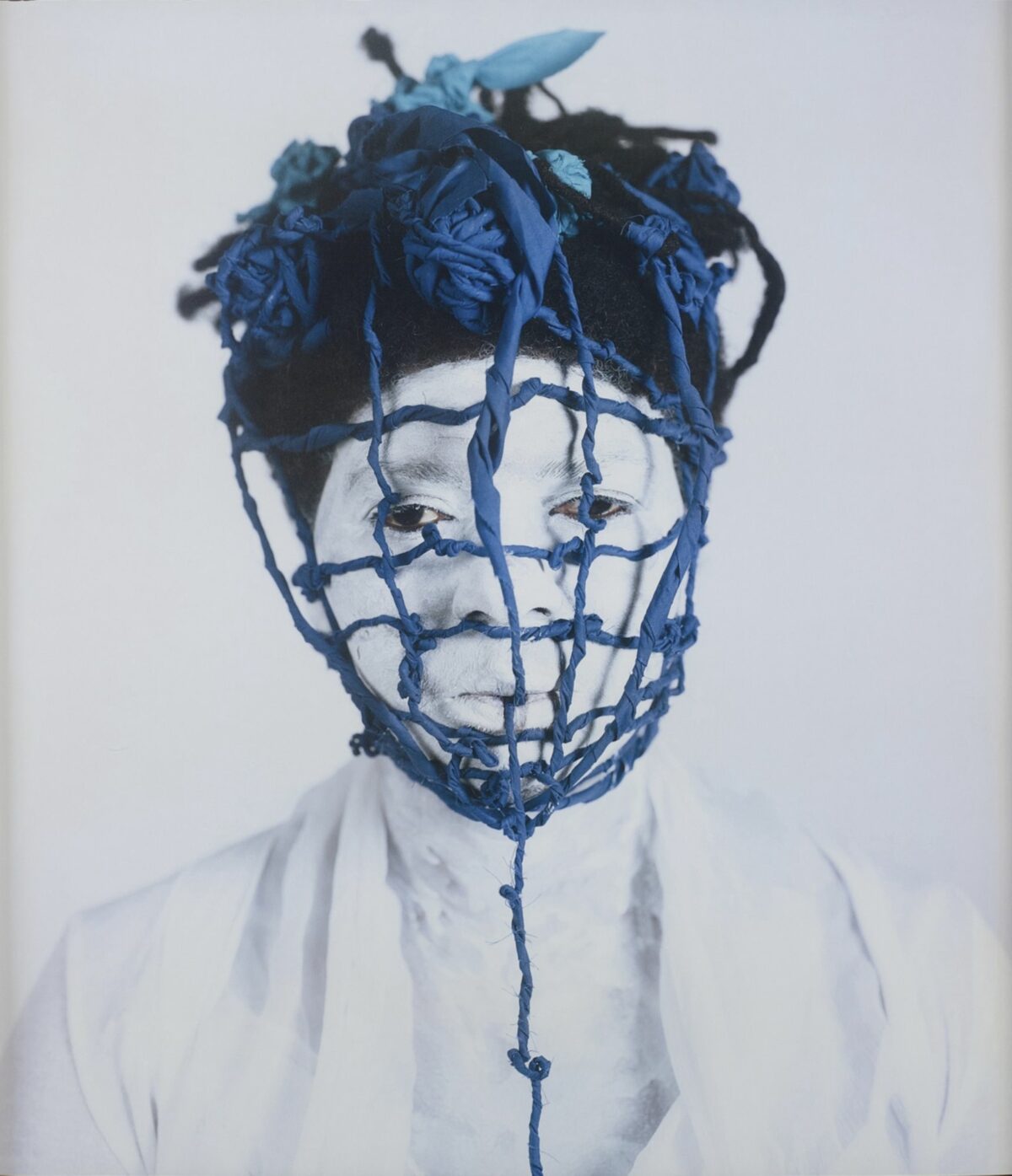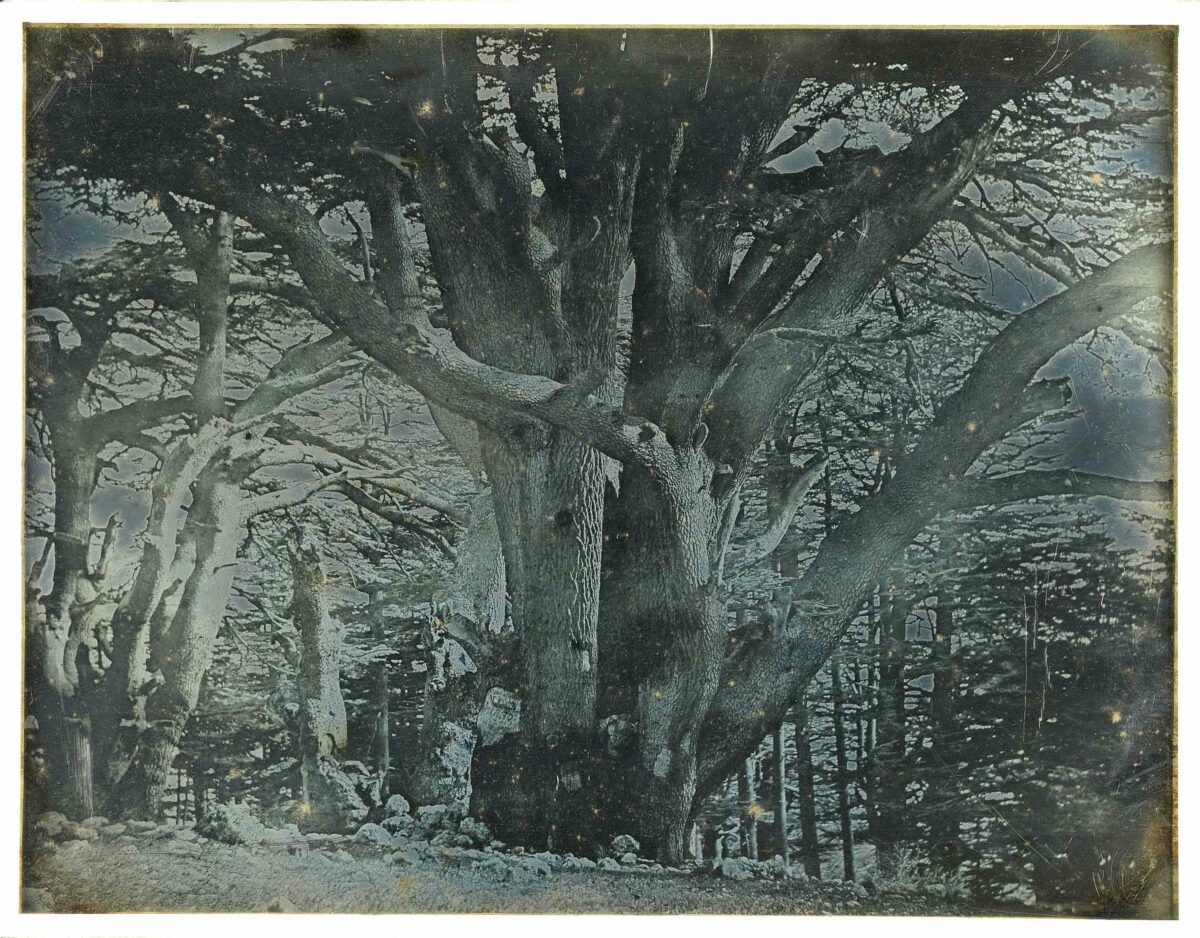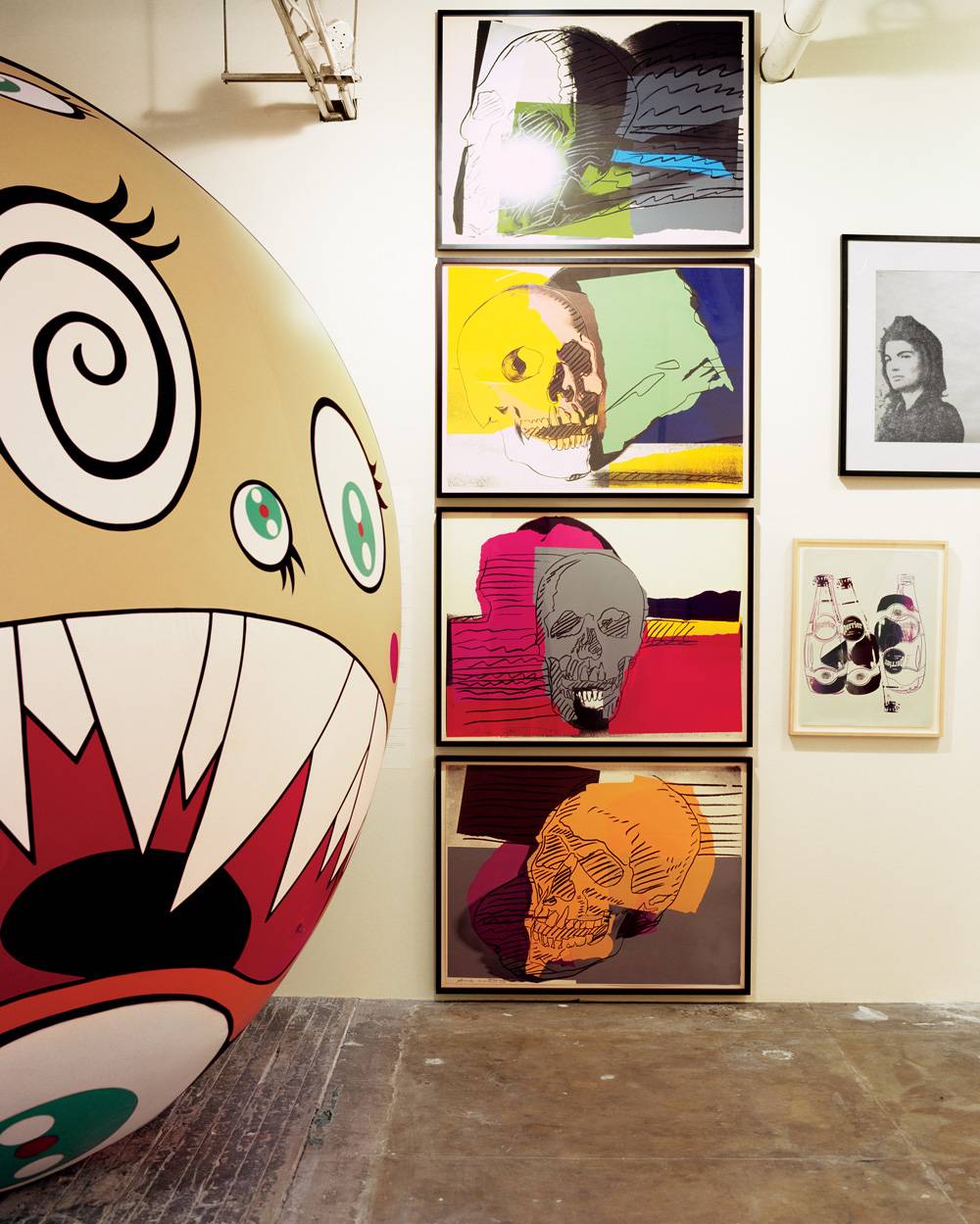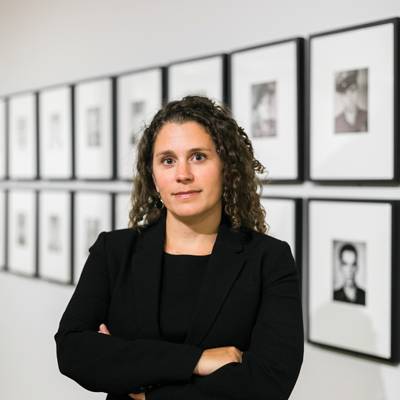LaToya Ruby Frazier’s comprehensive exhibition at the Museum of Modern Art – LaToya Ruby Frazier: Monuments of Solidarity – is groundbreaking in exploring in depth the lives and situations of working people in places of crisis and in giving space to their voices. In our wide-ranging interview at the museum, we covered many topics, but for the purposes of this version, I have chosen to focus significantly on one project, Flint Is Family in Three Acts. As Frazier suggests, it represents a paradigm shift in the way documentary photographers engage with their subjects and the results they might produce together.
Lyle Rexer: Your work is about people – individuals and communities – but it is also about places, and what it means to be an inhabitant of a place. Can you tell me how you came to these cities – to Braddock and Baltimore and Lordstown and Flint, which is near where I grew up in Michigan. I am especially interested to hear about Flint.
LaToya Ruby Frazier: So it’s personal.
LR: Yes, very.
LRF: In 2015, I had won a MacArthur Fellowship, and I was feeling all the pressure that comes with the award to do something big, but you don’t need to do that, you need to keep doing what you are already doing. I was interviewed by Elle magazine and the interviewer was also following the water crisis in Flint, Michigan. She continued to stay in touch with me over the next year, and as the crisis exploded, she asked, “Are you watching this?” For me, it was like watching my childhood in Braddock, Pennsylvania, all over again: The crumbling infrastructure in a Rust Belt city and the complete lack of care with which it was being mediated. It was retraumatizing. Flint had become a punchline, a footnote, and photographers were being sent in without enough time and financial support to understand and really be with the families on the ground. Elle invited me to come to make a pitch. The magazine had never done a photo essay, especially one in black and white, dealing with urgent problems. But we negotiated. I was not going to go to Flint unless I could connect with a family of multiple generations born and raised there, as I did originally with my own family in Braddock, and spend the time to tell the story. Elle gave me five months, ten pages, no ads in between. I would have the final edit, and Shea Cobb, the person I connected with in Flint, would get the last word. And the magazine agreed.


LR: Amazing. As it is laid out at MoMA, Flint Is Family in Three Acts takes place in three distinct stages. What was your thinking?
LRF: I knew going in that just covering the initial problem and the community’s reaction to it for Elle was not enough. As a photographer who wants to move the needle forward, I feel that raising awareness is not enough. I want to be able to stand on my photographs as a platform. They need to generate resources and opportunities for the people affected. This comes out of my obsession with the FSA photographers of the 1930s. They were driven by the government and corporations to help support the policies created from the top, and the people pictured came last. For 25 years I have been committed to inverting that relationship and telling the stories from the bottom up. After all, I came from a community in Braddock called the Bottom.
LR: And in Act 2, you do something remarkable: you follow Shea Cobb back down south to her father’s land in Mississippi, reversing the migration of Black labor to the north and the cities of the Rust Belt. You make evocative, appreciative black-and-white images of the family in that place, in a way that Walker Evans never did.
LRF: I was summoned to Mississippi by a photograph that Shea Cobb received from her father just at the time when it was revealed that the lead pipes in Flint had corroded and contaminated the drinking water. He texted her a photo of herself at 12 years old, kneeling over a freshwater spring and drinking. He never realized back in 1997 that he was taking a picture whose power would be released years later to summon his daughter home to safety. All he said in the text message was, “This water won’t kill you. Come home.” I thought, this is the real story, and I am going to go with her.


LR: You made a photograph of Shea and her daughter Zion reprising the scene that brought her back.
LRF: This is what Americans deserve to see. I want to add that this was a free Black family that was never enslaved. They acquired their own land and established their own farm. It’s another narrative we don’t tell often in this country. I also wanted to ask her father directly how he knew to send her that picture. He said, “A picture is worth a thousand words. I don’t like to tell people what to do.” Shea understood. Sadly, no magazine would publish the pictures I made there. The press had moved on to other stories. The photographs saw the light of day only because they appeared in the group exhibition Soft Power at SFMOMA [October 2019-February 2020].
LR: Act 3: How did all this feed back to Flint?
LRF: I used the photographs I made to generate fundraiser prints for the Sister Tour, an art collective founded by Shea and spoken-word artist Amber Hasan, which could be sold to support advocacy and action. And Amber used some of that money after her travels to Vieques, Puerto Rico, to begin the process of acquiring an atmospheric water generator for the neighborhood. Moses West, the inventor, was ready to donate it for free, but the local officials declined his offer. So I used money from the sale of Act 1 from Gavin Brown’s Enterprise and matching funds from the Rauschenberg Foundation to make it happen.


LR: It’s not enough to take the pictures.
LRF: This is the message I try to convey to young photographers. Don’t just make the photos but stand on them to generate the resources for social justice, equity, and cultural change. I came to Flint to stay for five months, and I wound up staying off and on for five years.
LR: Photographically speaking, Braddock, another rust-belt city near Pittsburgh, is the location where your journey began, within your family. But the focus soon expanded to comprehend the city’s history and surroundings. Tell me what spurred that evolution.


LRF: In 2010, I walked into the Braddock Carnegie Library and took out a book called Images of America, Braddock, Allegheny County. When I turned to the last page, I was shocked that not one image of an African American, born and raised there, was included. This was a book that was part of a national series, and if that kind of erasure was happening to Braddock, it was happening everywhere. I wanted to write us back into history one self-portrait at a time. That’s why I made self-portraits of my mother, grandmother, and myself, as women living in the post-industrial landscape and economy of today. But how different it was for past generations! It was not always like this. Those intersectional and intergenerational conversations are how I am writing families back into place and community and history. If you go online and look up Braddock, you still do not see images of a predominantly Black community. So it wasn’t just about creating a family album. I was a teenager, and maybe that’s what I thought I was doing at first, but nine years in, after I had seen that book, I said to myself: this book now calls you to do something larger. I am a messenger, that’s the role I play.


LR: You use the words calling and summons and messenger. Are you a religious person?
LRF: I was raised Baptist Christian, next to Andrew Carnegie’s steel mill and surrounded by the Monongahela River, in a town that had almost as many churches as bars. It was being decimated by trickle-down post-Reaganomics and was ground zero for the war on drugs, like so many cities. It was a place of violence being done to our community. My grandmother kept me studying, doing art, and staying in the church. I owe it all to her. I consider myself a spiritual person who has been called to take this little black box and go through dark valleys where there is so much inequality and violence and capture all the light from the people who are there.

